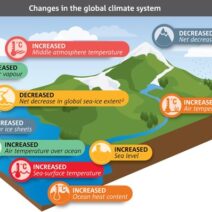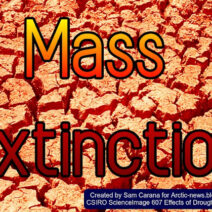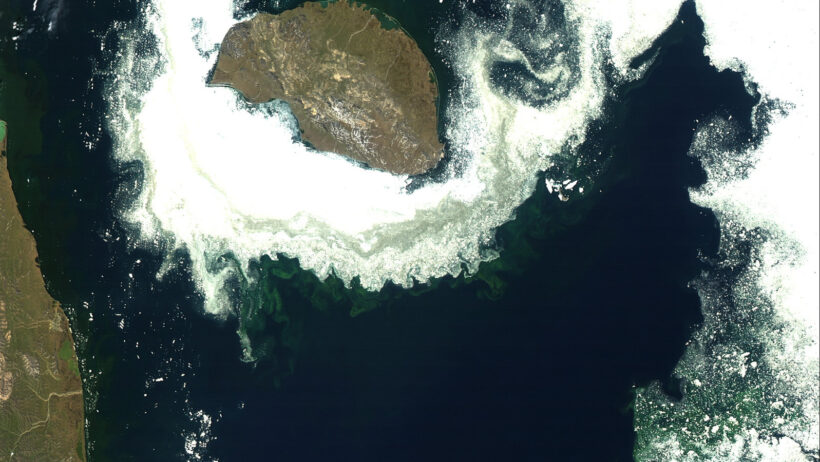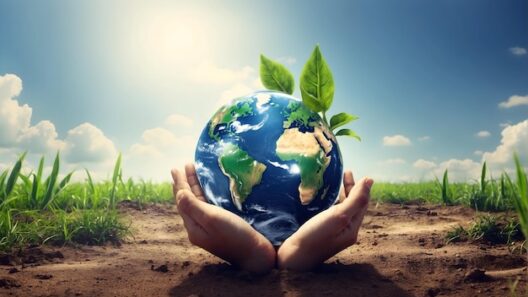The monsoons have long been a crucial aspect of life across Asia, an intricate dance between land and sea that dictates agricultural cycles, water supplies, and even cultural practices. Traditionally, the onset of the monsoon season heralded a period of rebirth, with lush greenery carpeting the land and rice paddies flourishing under the nourishing rains. However, as the specter of climate change looms larger, scientists and climatologists are unraveling a narrative that presents a stark contrast to the benevolent rains of yore. It is a story of resilience and adaptation, peppered with challenges and unpredictability.
At the crux of this discussion lies the modification of rain patterns across Asia, driven primarily by the inexorable rise in global temperatures. The warming atmosphere engenders a cascade of meteorological consequences, influencing not just precipitation levels but the very timing and distribution of monsoon rains. These changes have profound implications for agricultural output and water resource management, affecting food security for millions.
One of the most glaring observations is the variability in precipitation during the monsoon season. There are regions where torrential downpours have become more frequent, leading to catastrophic floods and landslides, while neighboring areas suffer from protracted droughts. This erratic behavior has its roots in the altered dynamics of atmospheric circulation caused by climate change. Warmer air holds more moisture, which not only intensifies rainfall but also creates conditions favorable for extreme weather events.
Furthermore, the onset of the monsoon is becoming increasingly erratic. Some areas experience a delayed arrival, causing unease among farmers who rely on these rains to irrigate their fields. Conversely, others face an early monsoon that can wash away seeds and destroy crops before they have a chance to mature. Such unpredictability creates a rippling effect throughout the agricultural sector, leading to economic instability and food insecurity.
Regions such as South Asia are experiencing heightened vulnerability due to their geographical and socio-economic contexts. Nations such as India and Bangladesh are populous and agrarian, their economies intricately tied to monsoon rains. As scientists evaluate historical data alongside contemporary findings, it has become apparent that the intensity and frequency of extreme weather events are on the rise. This unsettling trend paves the way for discussions concerning adaptation strategies. However, the emphasis should not solely be on mitigation but also on preparing communities to withstand the shocks posed by a climate in flux.
An additional layer of complexity arises from the feedback mechanisms between local land use and climate patterns. Deforestation, urbanization, and agricultural expansion deeply impact the integrity of the region’s ecosystems. The loss of forests diminishes their capacity to regulate water cycles, exacerbating the dichotomy between floods and droughts. As land is cleared for agriculture or urban development, the natural balance is tipped, leading to increased runoff and soil erosion during monsoon rains, while simultaneously impairing groundwater recharge.
The consequences of these alterations extend beyond mere economic implications; they touch upon social justice and equity. Vulnerable populations—those who rely on rain-fed agriculture—are often the most affected by these shifting patterns. Marginalized communities may lack the financial resources to adapt or to invest in infrastructure that could mitigate the impacts of flooding or drought. Consequently, climate change exacerbates existing inequalities, setting off a chain reaction that jeopardizes livelihoods and perpetuates poverty.
International responses to these climatic shifts, particularly concerning monsoon patterns, are essential for fostering resilience. Initiatives aimed at building climate-smart agriculture can empower farmers through better resource management techniques. Encouraging crop diversity, utilizing indigenous knowledge, and investing in technology to improve weather forecasting can significantly enhance adaptive capacities. However, these strategies must be woven into larger frameworks that include policy changes and equitable resource allocation.
To cultivate a comprehensive understanding of monsoon dynamics under climate change, scientists are increasingly turning to advanced modeling techniques. By integrating geospatial data, satellite imagery, and historical weather patterns, researchers can predict future scenarios and explore possible outcomes. This interdisciplinary approach not only enriches our understanding but also arms policymakers with the information necessary to make informed decisions.
As the monsoon’s might continues to evolve, it becomes crucial to engage local communities in the discourse surrounding climate change and adaptation. Grassroots movements advocating for sustainable practices can mobilize people to take action at the local level, amplifying the message that change is indeed possible. Education emerges as a key facet—informing communities about the science behind climate change and its impact on their livelihoods fosters resilience and self-advocacy.
Ultimately, the narrative surrounding the monsoon and its transformation due to global warming is both a warning and an opportunity for societal reflection. It demands a collective response to an intricate interplay of environmental, social, and economic factors deeply rooted in our globalized world. As humanity grows ever more entwined with the intricate web of climate systems, the lessons gleaned from the shifting monsoon patterns may hold the key to a more sustainable future. This future hinges on an understanding of interconnectedness—a recognition that the monsoons, much like our collective destinies, are no longer an isolated phenomenon but part of a larger, complex planetary system.
As we navigate the evolving climate landscape, it becomes ever more essential to embrace resilience and adaptability. The monsoon’s might serves as both a reminder of nature’s power and an impetus to confront the challenges posed by climate change. Through collaboration, innovation, and dedication, society can harness the lessons of the past to forge a pathway towards a more sustainable coexistence with our environment.






